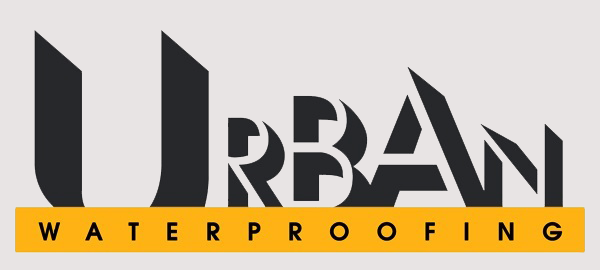Creating Realistic Budgets
6 Steps to Ensure Your Projects Are Fully Funded
Budgeting is a critical skill that property managers need to ensure that maintenance and upgrades are not only envisioned but fully executable. A common challenge in property management is the creation of realistic budgets that accurately reflect the financial needs of property maintenance and improvement projects.
Many property managers find themselves in a tough spot, wanting to implement necessary upgrades or routine maintenance but facing budget constraints that limit what they can actually accomplish. The root of this issue often lies in the initial budgeting process—either underestimating costs or overestimating available funds.
How To Create Realistic Budgets:
Comprehensive Needs Assessment: Start by conducting a detailed assessment of the property to identify all potential maintenance needs and desired upgrades. This should include routine maintenance tasks, potential emergency repairs, and improvements that enhance property value.
Pro Tip: Use a standardized checklist for inspections to ensure no element is overlooked. Regular inspections throughout the year can help update this assessment continuously.
Prioritization of Tasks: Not all repairs and upgrades can or should be handled at once. Prioritize these based on urgency, impact on property value, and tenant satisfaction. Essential repairs that affect safety or legal compliance should top the list.
Pro Tip: Use a scoring system to rank maintenance tasks by their urgency and impact. This helps in making objective decisions about what gets funded first.
Accurate Cost Estimation: Obtain multiple quotes for each task to ensure your budget reflects current market rates. Consider both labor and materials costs, and remember to account for possible price fluctuations.
Pro Tip: Build relationships with reliable contractors who can give accurate estimates and alert you to potential cost savings.
Include a Contingency Fund: Unexpected issues are a standard aspect of property management. Including a contingency fund in the budget can prevent these surprises from becoming financial setbacks.
Pro Tip: A good rule of thumb is to allocate 10-20% of the total budget to contingency, depending on the property’s age and condition.
Regular Budget Reviews: Budgets should be dynamic documents. Regular reviews throughout the year can help adjust the budget in response to new information or changes in the property’s needs or financial status.
Pro Tip: Schedule quarterly budget reviews and adjust projections based on actual spending and savings.
Stakeholder Engagement: Engage with stakeholders, including owners, investors, and tenants, to ensure that the budget aligns with their expectations and priorities. Transparent communication can also help manage expectations if budget adjustments are necessary.
Pro Tip: Create visual presentations for stakeholders to help them understand the budget’s focus and the rationale behind it.
The Take Away:
Creating realistic budgets is more than crunching numbers; it involves a deep understanding of the property’s needs, proactive financial management, and clear communication with all stakeholders. By following these steps, property managers can ensure that their budgets are both accurate and sufficient to cover all necessary work, ultimately maintaining the property’s value and operational integrity. This approach not only secures the necessary funding for each project but also builds trust and satisfaction among tenants and property owners alike.
